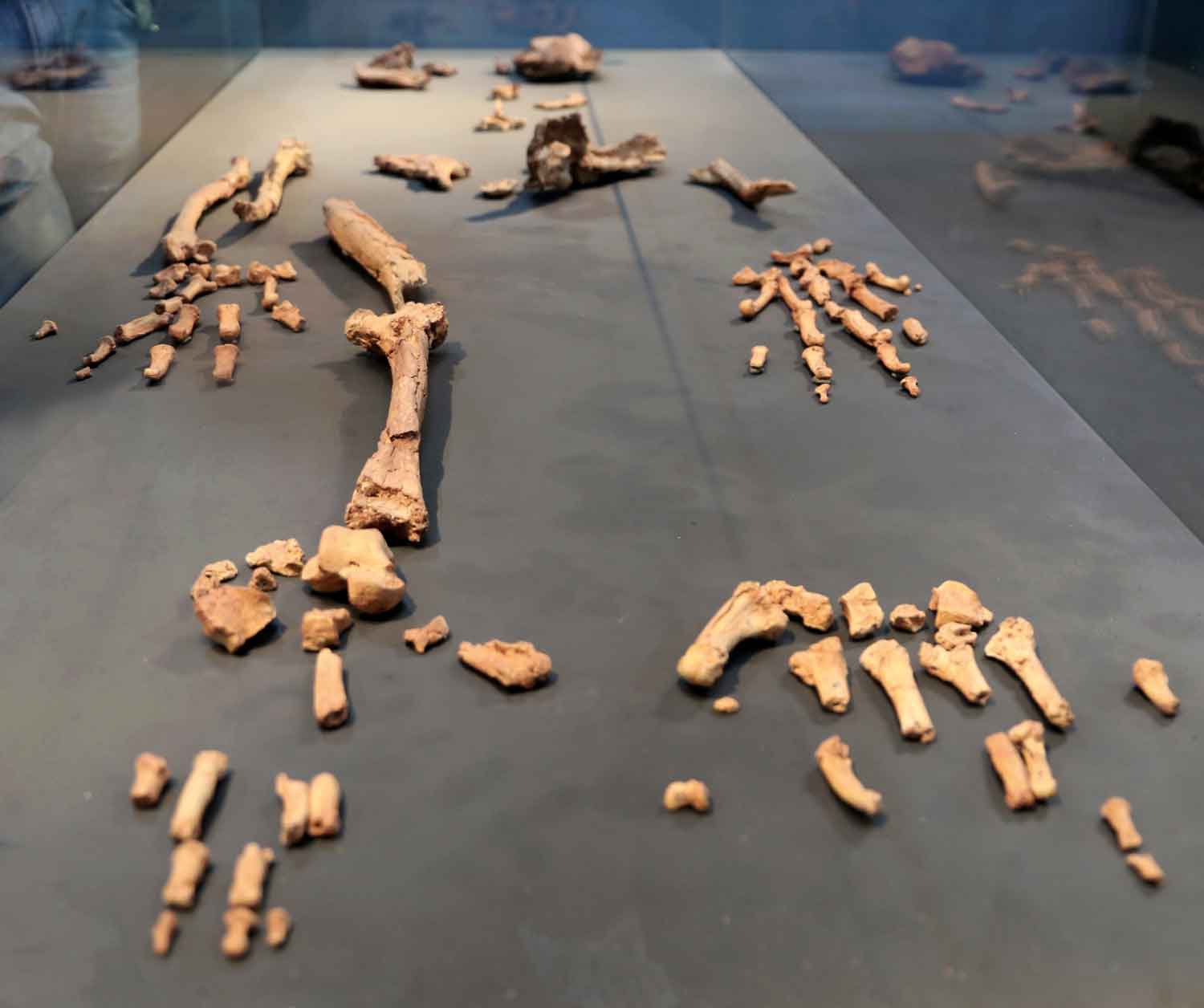Blog articles
An interview with Clive Finlayson about Neandertal lifeways
This is a part of the course, Human Evolution: Past and Future, which I presented in 2014.
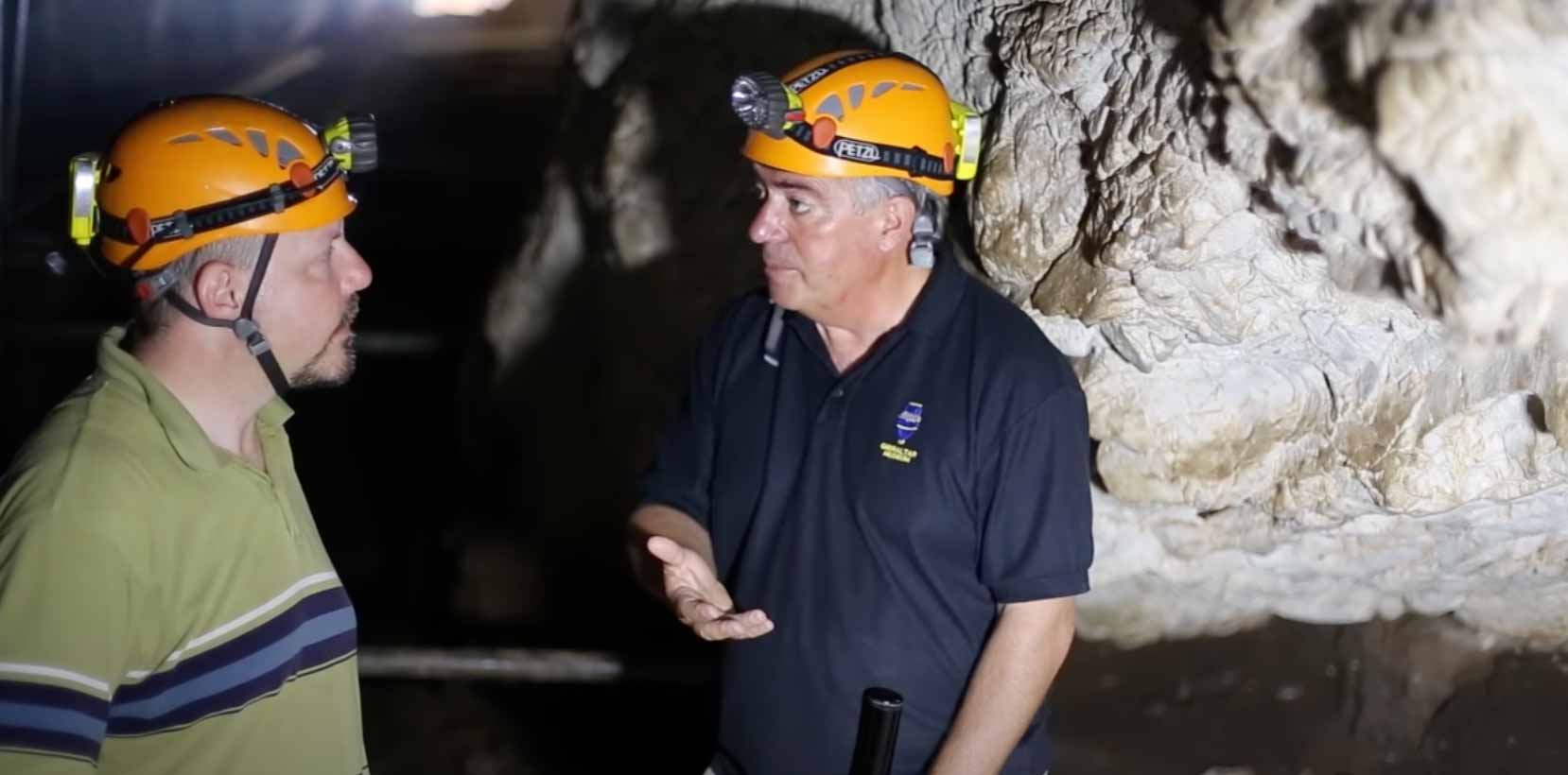
Interview with Dr. Jill Pruetz about chimpanzees in a savanna habitat
I speak with Dr. Pruetz about her fieldwork with chimpanzees at Fongoli, Senegal.
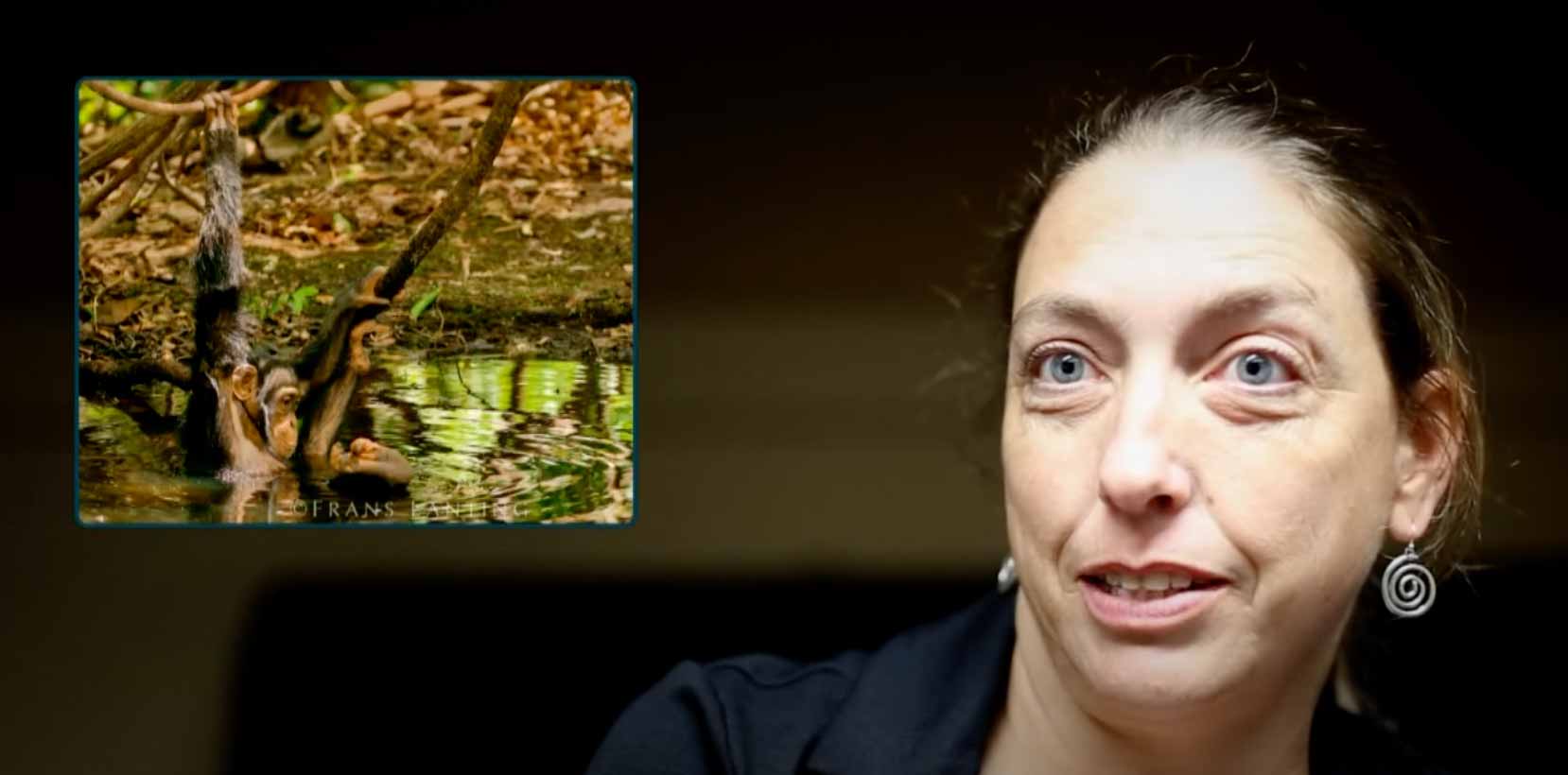
Did Homo erectus get herpes from chimpanzees?
New research suggests that herpes simplex virus 2 may have invaded ancient humans from chimpanzees sometime after 1.6 million years ago.
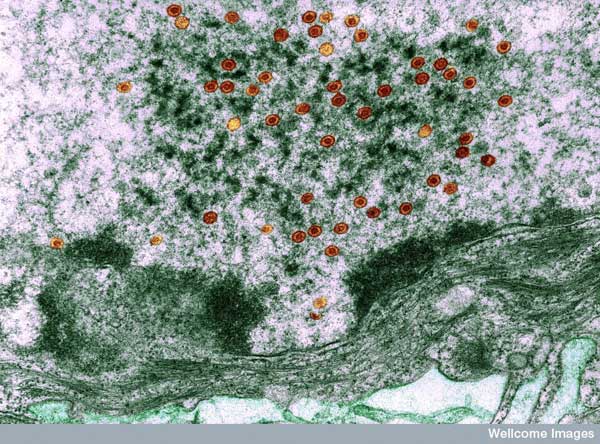
Interview with Dr. Agustín Fuentes about primate cooperation and human origins
In this video I talk with the well-known primatologists about the ways that apes and monkeys can illuminate behaviors in our ancestors.
Should there be a new genus to contain Homo habilis?
A perspective article by Bernard Wood reviews the history of Homo habilis and suggests that the species should go its own way.

Have Sahelanthropus and Orrorin been written out of existence?
A big argument about the so-called savanna theory comes with a surprising claim about the earliest possible hominin fossils.
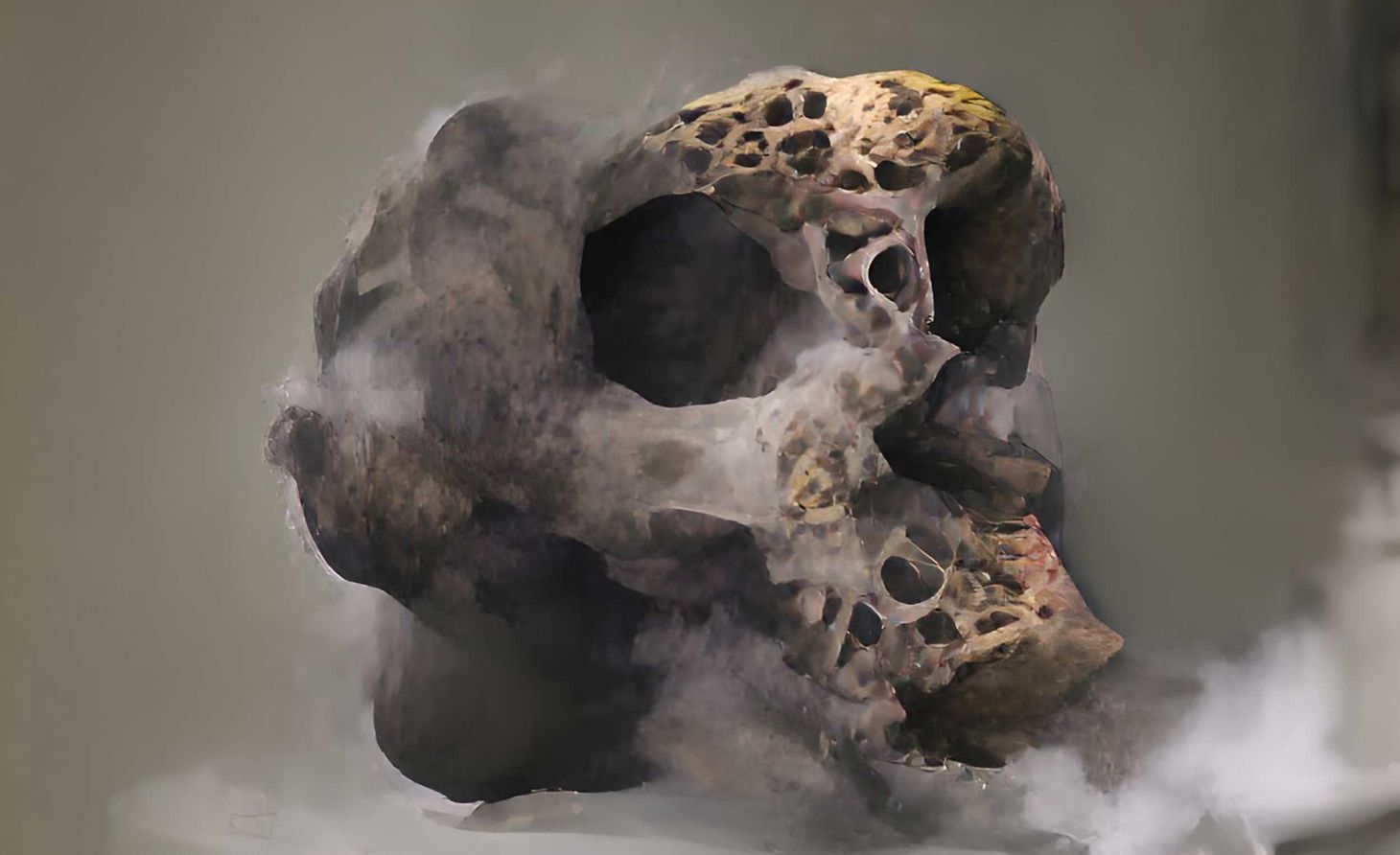
Chimpanzee communities are hundreds of years old
Reviewing a 2014 study by Kevin Langergraber and coworkers looking at the Y chromosome variation within chimpanzee groups.

Seven things about evolution
A quick look at the basics of biological evolution, and what sets it apart from other processes of change.

David Attenborough says humans have stopped evolving. He's wrong
The famous documentarian has some strong views about the potential of our species, but he overlooks the diversity of environments we have created.
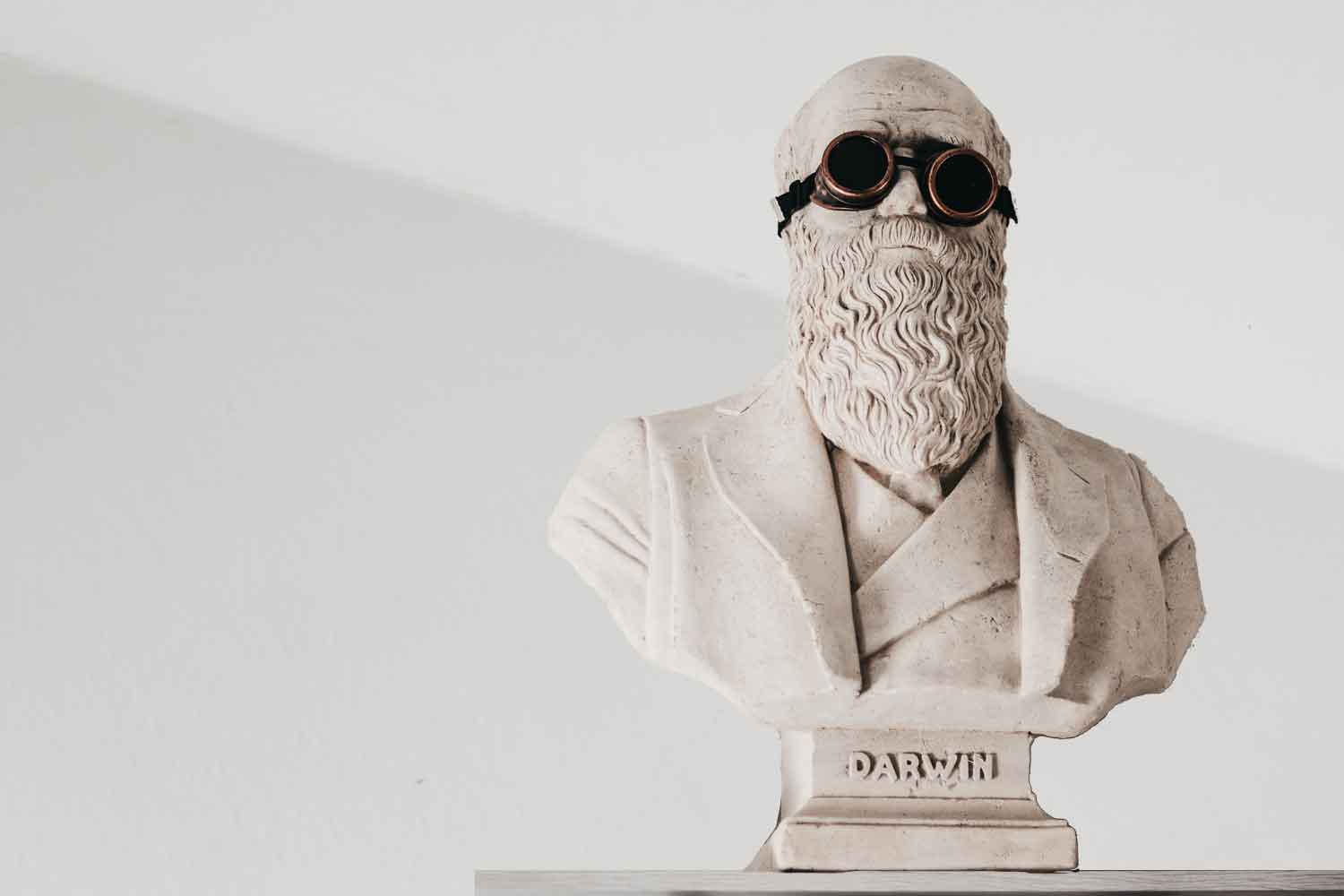
The FoxP2 protein sequence from Neandertals and Denisovans is shared by many people today
A study of sequence variation shows a possible selected change among living people, but many still have a form shared with Neandertals and Denisovans.
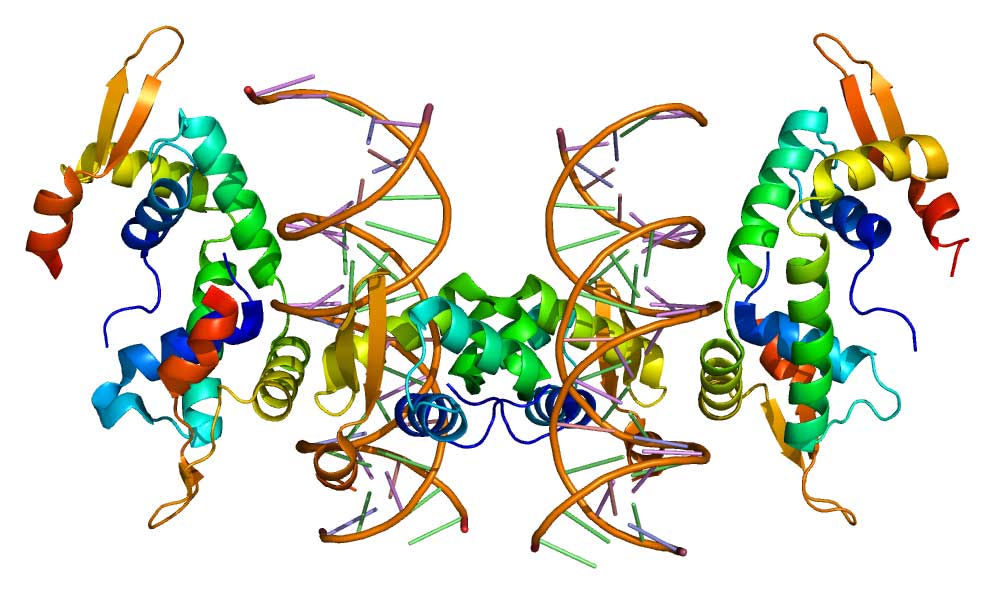
New findings from the Denisova 3 genome at high coverage
Sequencing work by Matthias Meyer and coworkers highlights the demography of ancient Denisovans and genes that may make today's people different from them.

Remembering my journey among the kurgans
During my recent travel to Siberia I was able to visit many sites of prehistoric cultures.

Some say humans are apes, but I disagree
I don’t know why so many people who accept and promote evolution have such a dim view of phylogenetic systematics. How else to explain why I so often hear the canard, “Humans are apes”? My children can tell what an ape is. I work very hard to tell them

Growing genetic data suggest a two-phase model for prehistoric population expansions in Africa
I describe results from two papers of African genetic variation, which show that the population growth from agriculture followed an earlier demographic expansion.
Did Neandertals live at or above the Arctic Circle?
Examining work by Ludovic Slimak and coworkers on the Byzovaya site, with Mousterian artifacts near the Arctic Circle in Russia.

Modern human origins was more interesting than a single point of dispersal
A study of SNP variation across Africa enables us to look at a structured ancestral population long before 100,000 years ago.
Did humans colonize the northern latitudes without fire?
An article by Wil Roebroeks and Paola Villa argues that fire was not present in Europe before 400,000 years ago.
Did human language evolve as a spandrel?
A critical look at the point of view that human language did not originate from its adaptive role in communication, but from other cognitive functions.

How much of human evolution was due to polygenic adaptation?
This has been an eventful week for those of us who study the dynamics of recent selection in humans. The most significant event was the publication of a paper describing genetic analysis of a long selection experiment in Drosophila. Although the experiment differs from most natural instances of selection in

Why do some invasive species start to succeed only after a delay?
Reviewing a body of evolutionary theory that tries to understand the ultimate success of some invasions after a lag.

What is the temporal bone from Darra-i-Kur, Afghanistan?
A bone from a historic excavation in Afghanistan raises the topic of genetic reanalysis of fragmentary fossils.

New fossil material from Luzon suggests another small hominin may have lived on that island
The discovery of a small metatarsal from more than 67,000 years ago in the Philippines may reflect habitation prior to the arrival of modern people.

My reactions on the publication of the first draft Neandertal genome
Publication of the first draft of a Neandertal genome reveals that these ancient humans are among the ancestors of people living today.
The "blooming, buzzing confusion" of William James
I investigate the origin of a well-known quote by William James, which refers to "a baby's first experience of the world." Includes excerpts from James' Principles of Psychology (1890)

A mysterious mitochondrial sequence from Denisova Cave, Russia
A small fragment of finger bone with a DNA sequence that represents a previously-unknown form of hominin.

Return of the “amazing” Boskops
Bringing some scientific reality to an excerpt from a book that tries to revive the myth of an ancient, large-brained race of humans.
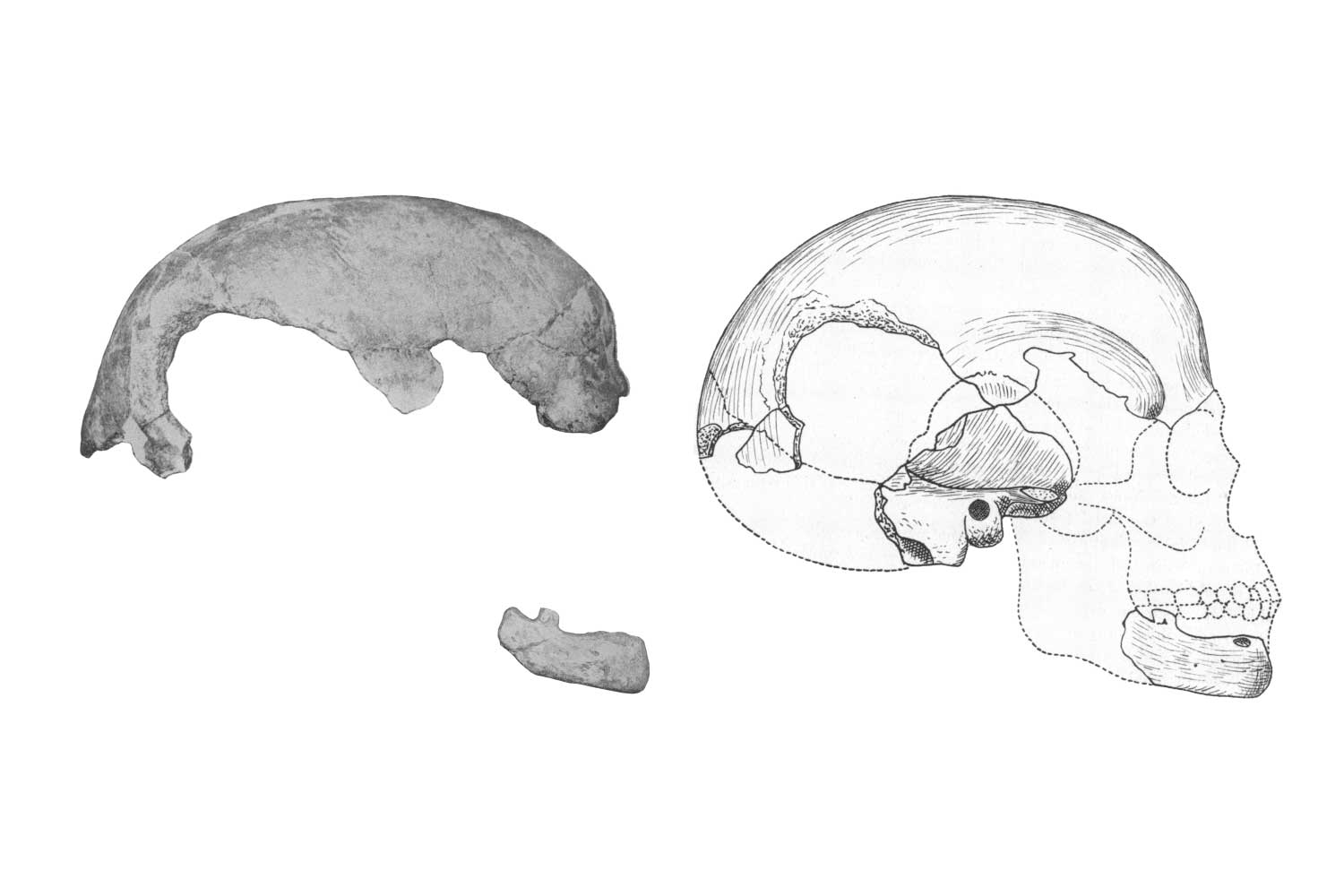
Remarkable preservation of an Acheulean campsite at Gesher Benot Ya'aqov
My notes on a publication describing evidence for cooking and eating fish, crabs, and plants
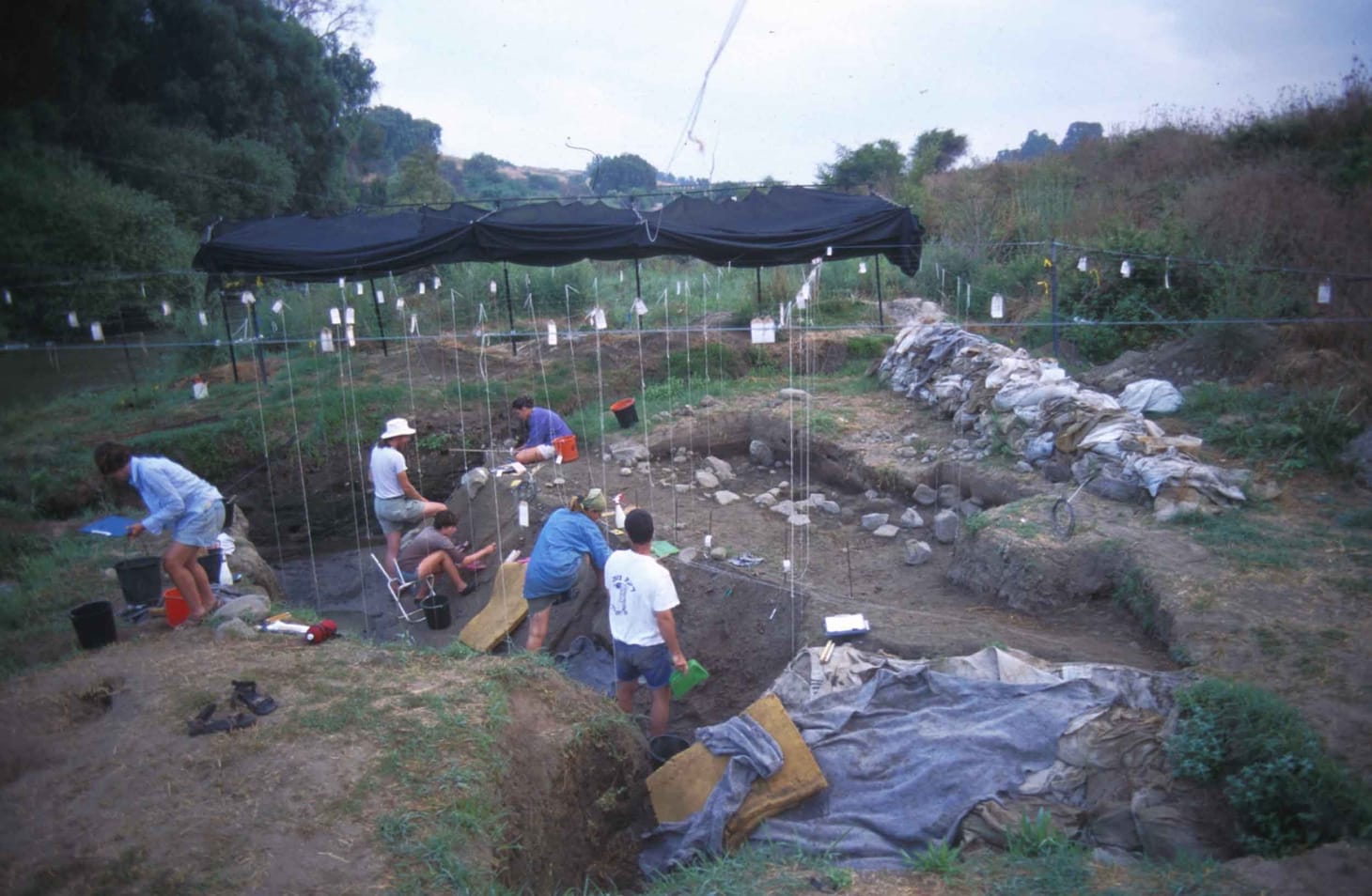
An in-depth look at the pelvic reconstruction of Ardipithecus
The pelvic anatomy of Ardipithecus ramidus may give clues about the posture and locomotion of this ancient species.
